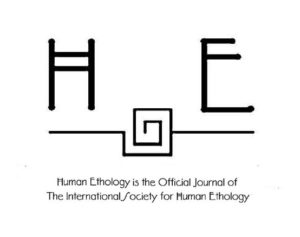Research Article
Tania Kiehl Lucci, Renata Pereira Defelipe, Nara Côrtes Andrade, Vinicius Frayze David, Emma Otta
Human Ethology, Volume 34, 130-143, published October 5, 2019
DOI: https://doi.org/10.22330/he/34/130-143
ABSTRACT
Although there is a vast literature on early mother-infant interaction, there are fewer studies that investigate mother-infant behaviors immediately after delivery in natural conditions. Our aim was to investigate early mother-infant interaction as a function of mothers’ emotional states, infants’ sex and weight, and hospital procedures. Newborns were filmed when placed naked on their mother’s chests (N = 60). Maternal (caress) and infant behaviors (crying and calming down) were coded every 10 seconds using Interact software. Mothers reported their emotional state, 1-2 days after delivery, using a five-point Likert scale, and answered the Edinburgh Postnatal Scale at 4-16 weeks postpartum. Multiple Ordinal Regressions considered maternal emotional conditions (emotional state and postpartum depression), infant’s sex and weight, and hospital procedures (childbirth type and skin-to-skin contact) as independent variables, and the frequency of maternal and infant behaviors as outcome variables. Infants from mothers feeling ‘great’ and not at risk for depression were less likely to cry as compared to their counterparts. Mothers were more likely to caress their sons than their daughters. Boys were more likely to cry and less likely to calm than girls. Newborn weight and skin-to-skin contact were positively associated with infants’ calming down. Infants cried more after normal delivery than after instrumental delivery. Our results showed that mother-infant early interactions are influenced by multiple levels and suggest hormonal influences during pregnancy.
Keywords: mother-infant, behavior, newborn, emotional state, sex differences, skin-to-skin contact, childbirth type.
ISSN: 2224-4476

